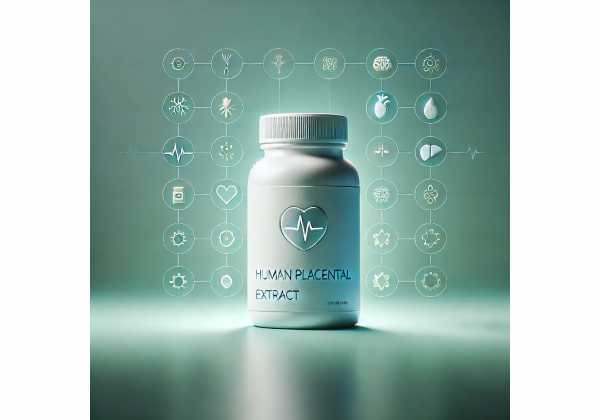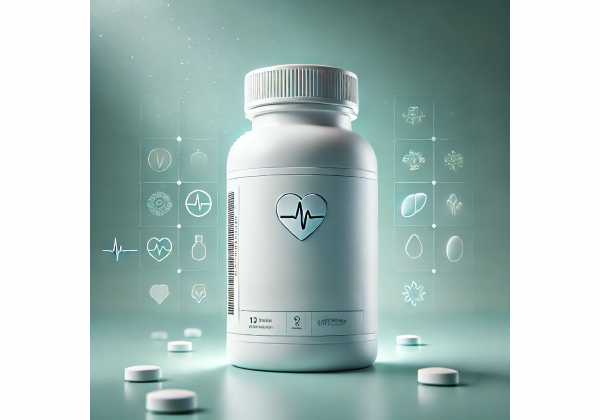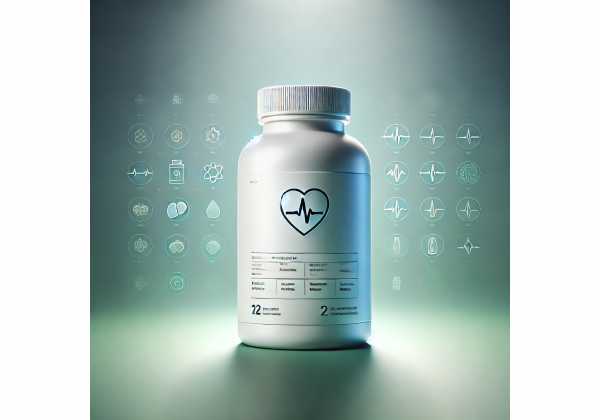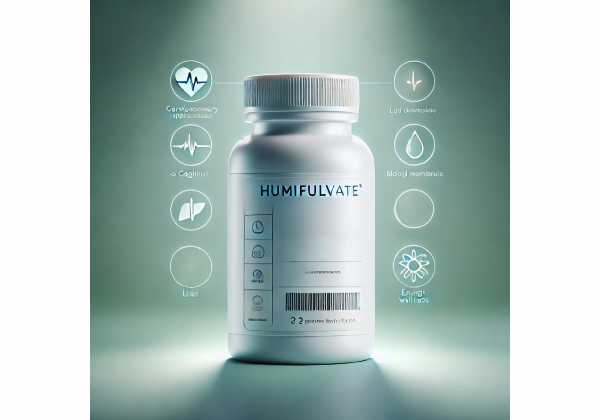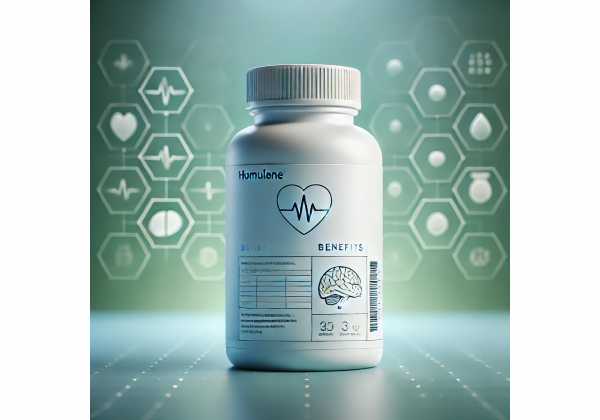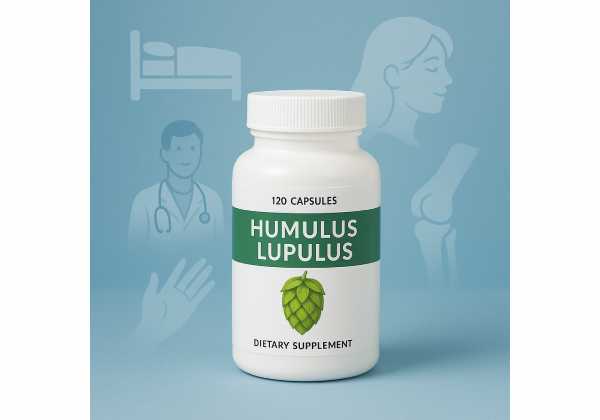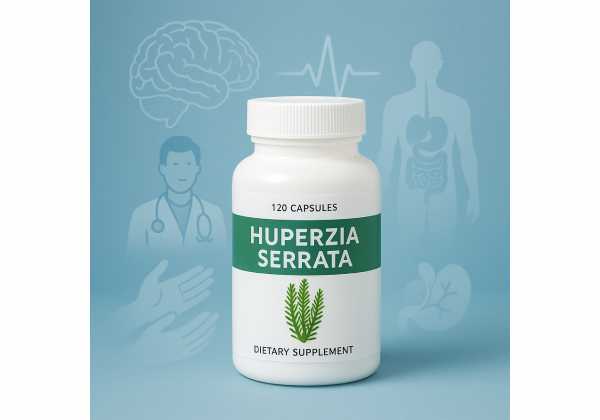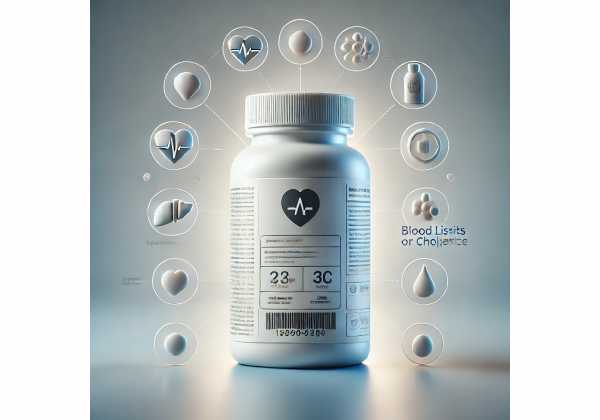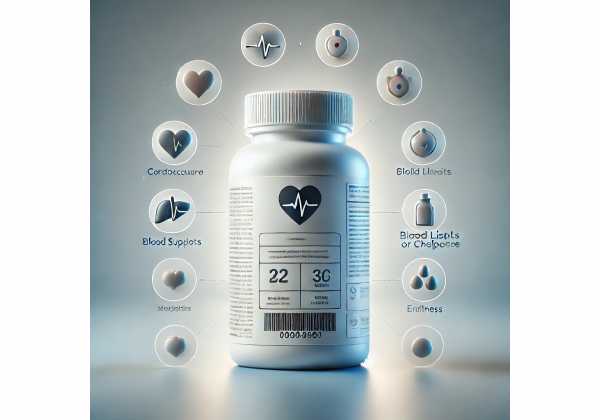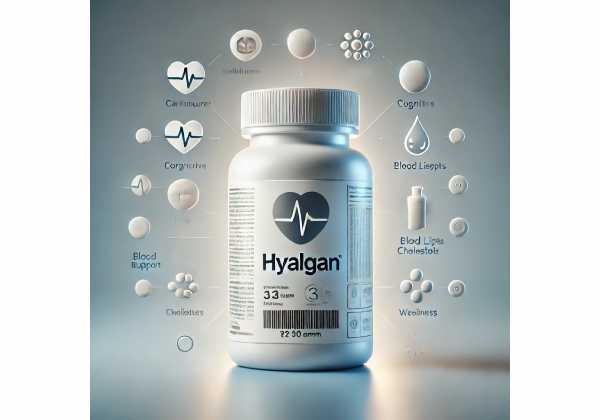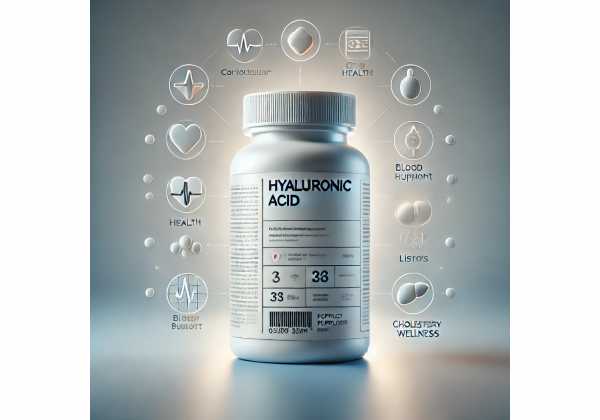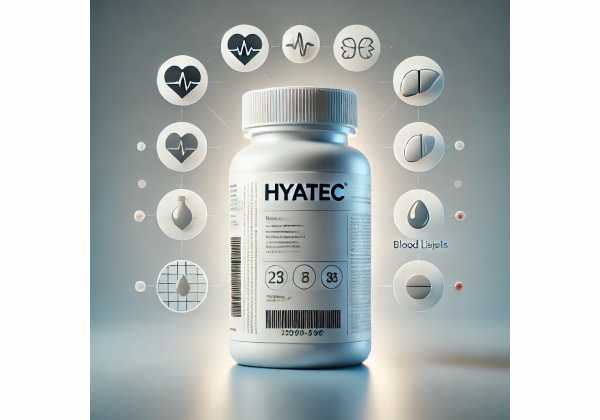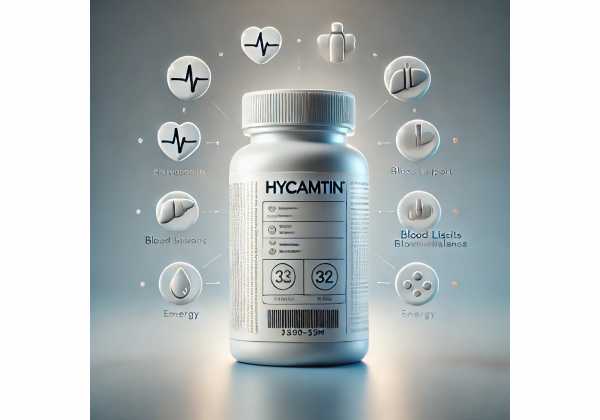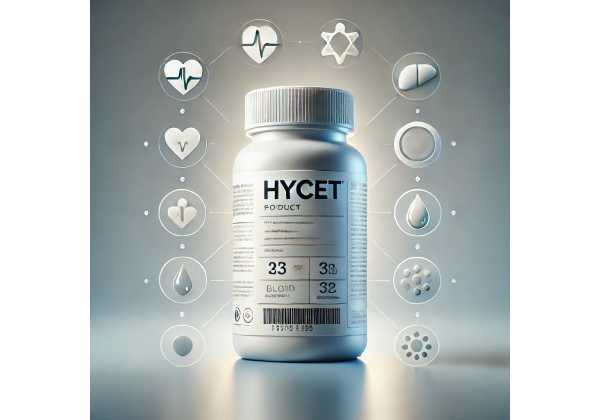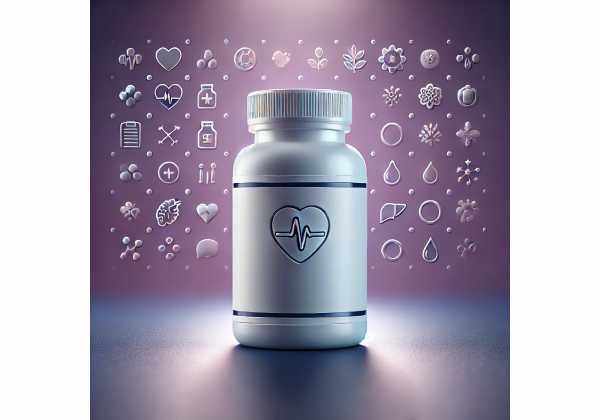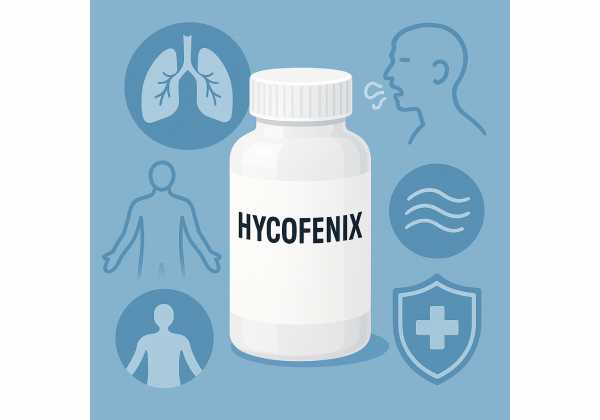Human placental extract: Uses for Menopausal Symptoms and Wound Repair, Dosage Ranges, Timing, and Precautions
Human placental extract (HPE) is a prescription-grade biologic in some countries and a cosmetic or wellness ingredient in others. It is derived from screened, processed human placental tissue and contains small peptides, amino acids, nucleotides, growth factors, and trace minerals. Clinicians and consumers are drawn to HPE for potential benefits in menopausal symptoms, fatigue, liver support, and wound care,...
Humanin: Health Benefits, How It Works, Practical Use, and Safety Explained
Humanin is a short, naturally occurring peptide that cells produce inside mitochondria—the energy hubs that also act as stress sensors. First identified in neurons, humanin drew attention because it helps cells survive oxidative stress, toxic proteins, and energy shortages. Early research suggests roles in brain health, glucose control, blood vessel function, and longevity pathways. Interest has surged as scientists...
Humic acid: What It Is, Proven and Potential Benefits, How to Take It, and Safety
Humic acid is a broad family of natural compounds formed as plants and microbes slowly break down organic matter in soil, peat, and sediments. In dietary supplements, it often appears alongside its smaller cousin, fulvic acid, or as part of shilajit (a mineral-rich resin). Interest has grown because humic substances can bind minerals, influence gut microbes, and modulate inflammation—mechanisms...
Humifulvate: Health Benefits, How It Works, Recommended Dosage, and Safety
Humifulvate is a complex of humic and fulvic acids derived from peat deposits, standardized and prepared for use in dietary supplements. These long, carbon-rich molecules can bind (chelate) minerals and interact with metals in ways that change how they move through soil, water, and—potentially—our bodies. Interest in humifulvate comes from three areas: its ability to carry trace minerals, its...
Humulene: Anti-Inflammatory Properties, Practical Uses, Recommended Dilutions, and Side Effects
Humulene is a woody, earthy-smelling sesquiterpene found in hops, sage, ginger, and many aromatic herbs, as well as in some cannabis chemotypes. Interest in humulene has grown beyond its role in flavor and fragrance, because lab and animal studies suggest it may calm certain inflammatory pathways, modulate immune signals, and support barrier defenses in tissues such as the stomach...
Humulus lupulus: Sleep Benefits, How to Use It, Dosage Guidance, and Safety
Humulus lupulus—better known as hops—is far more than a bittering agent in beer. The female cones contain aromatic oils, bitter acids, and rare prenylflavonoids that have been used in traditional European herbal medicine to ease restlessness, support sleep, and soothe digestive discomfort. Modern research explores how hop compounds like humulone and xanthohumol interact with the brain’s calming GABA system...
Huperzia serrata: Brain Health Benefits, How to Use It, Dosage, and Precautions
Huperzia serrata—also called Chinese club moss—is a slow-growing alpine plant long used in traditional Chinese medicine. Its best-known alkaloid, huperzine A, reversibly inhibits acetylcholinesterase, the enzyme that breaks down acetylcholine. That mechanism is central to attention, learning, and memory, which is why extracts of Huperzia serrata and isolated huperzine A are often explored for dementia and age-related cognitive decline....
Huperzine A: Cognitive Support, Uses, Recommended Dosage, and Side Effects
Huperzine A (HupA) is a plant-derived compound best known for inhibiting acetylcholinesterase—the enzyme that breaks down the neurotransmitter acetylcholine. By slowing that breakdown, huperzine A can temporarily boost cholinergic signaling in the brain, a pathway central to attention, memory, and learning. Researchers have explored HupA in Alzheimer’s disease and vascular dementia, and it’s often marketed as a “memory supplement.”...
Huperzine B: Nootropic Benefits, Mechanism of Action, Dosage Guidance, and Risks
Huperzine B is a naturally occurring alkaloid found in club mosses (most notably Huperzia serrata). It is a close chemical cousin of huperzine A and belongs to the same family of plant compounds explored for their effects on the brain and nerves. Like huperzine A, huperzine B can inhibit acetylcholinesterase—the enzyme that breaks down acetylcholine—helping sustain signaling involved in...
Hyalgan: Benefits for Knee Osteoarthritis, Administration Steps, Dosage, and Side Effects
Hyalgan is an FDA-approved intra-articular (in-the-joint) injection of sodium hyaluronate used to relieve knee pain from osteoarthritis when exercise, weight management, and pain relievers are not enough. It supplements the knee’s natural hyaluronic acid—an elastic, lubricating substance in synovial fluid that thins as cartilage wears down. By restoring viscosity, Hyalgan can reduce friction, dampen shock, and support smoother motion....
Hyaluronic acid: Benefits for Skin and Joints, How to Use It, Recommended Dosages, and Side Effects
Hyaluronic acid (HA) is a naturally occurring molecule your body makes to keep joints cushioned, eyes lubricated, and skin hydrated. Because it binds water so well, HA shows up everywhere—from face serums and eye drops to joint injections and dermal fillers. When used correctly, it can smooth the look of fine lines, ease dry eye discomfort, and provide targeted...
HyateC: Treatment for Hemophilia A with Inhibitors, Effectiveness, and Safety Explained
HyateC is a porcine (pig-derived) antihemophilic factor VIII concentrate that was historically used to control serious bleeding in people with hemophilia A who developed inhibitors (neutralizing antibodies) to human factor VIII, and in adults with acquired hemophilia A. Because porcine factor VIII differs from the human protein, it could “bypass” many anti-human factor VIII antibodies and restore clotting. HyateC...
Hycamtin: Small Cell Lung Cancer and Ovarian Cancer Treatment, Dosage, and Side Effects
Hycamtin is the brand name for topotecan, a prescription chemotherapy medicine used to treat certain advanced or relapsed cancers. It’s available as an intravenous infusion and as oral capsules. Hycamtin belongs to a group of medicines called topoisomerase I inhibitors; it interrupts cancer cells’ ability to repair DNA during replication, which slows or stops tumor growth. Doctors use Hycamtin...
Hycet: What It Is, How It Works, Adult and Pediatric Dosage, and Key Risks
Hycet is a prescription oral solution that combines two well-known pain relievers: hydrocodone (an opioid analgesic) and acetaminophen (a non-opioid analgesic and antipyretic). The pairing offers multi-pathway pain relief for short-term, moderate to severe pain when other options are not enough. Because it’s a liquid, Hycet lets clinicians fine-tune doses for adults and for children who are old enough...
Hycodan: Adult Cough Relief, How It Works, Dosing Guide, and Safety Tips
Hycodan is a prescription cough medicine that combines hydrocodone, an opioid cough suppressant, with homatropine, a mild anticholinergic added to discourage misuse. It is intended for short-term relief of severe, disruptive coughs in adults when other measures are insufficient. Because hydrocodone can slow breathing and cause dependence, Hycodan is tightly controlled and must be used exactly as directed. This...
Hycofenix: Uses for Severe Cough with Congestion, Recommended Dosing, and Side Effects
Hycofenix is a prescription-only liquid medicine that combines three active ingredients to target stubborn cough with congestion. Hydrocodone calms the brain’s cough reflex, pseudoephedrine shrinks swollen nasal blood vessels to open the airways, and guaifenesin thins thick mucus so it is easier to clear. For adults with short-term colds or allergy-related cough when symptoms are severe enough to justify...

